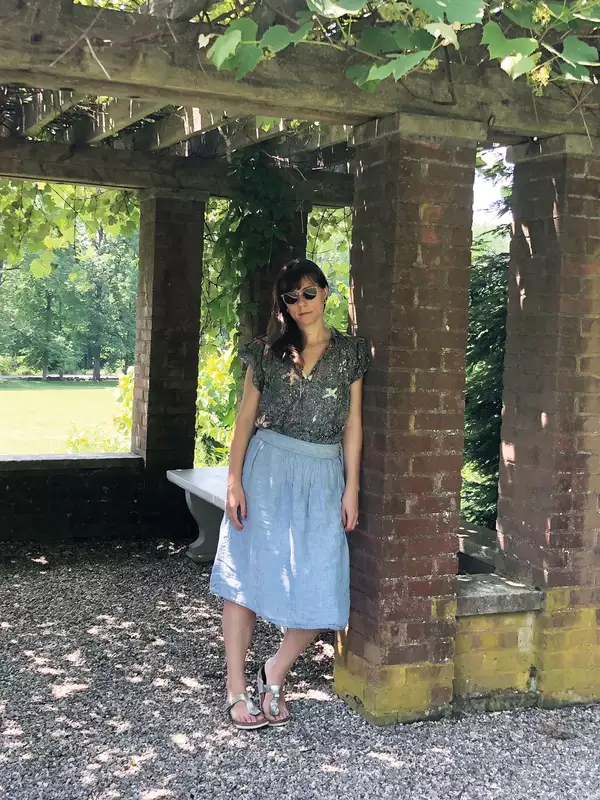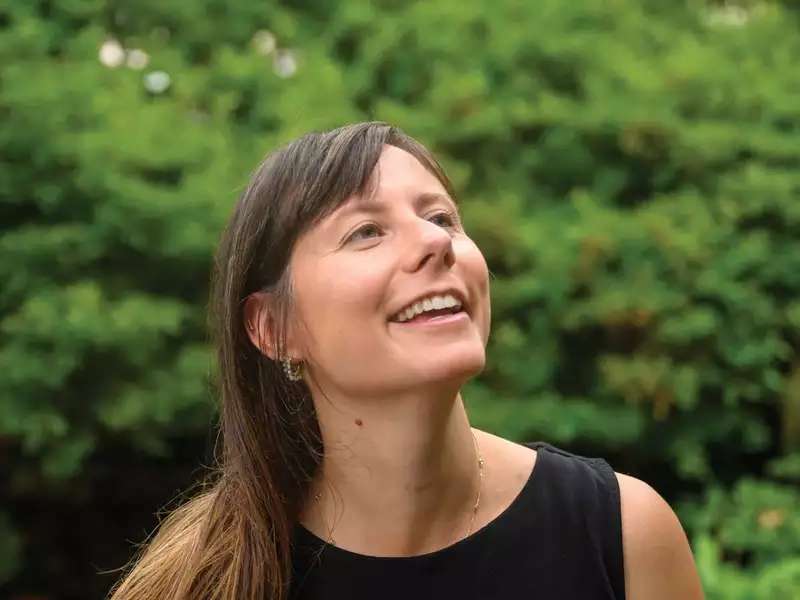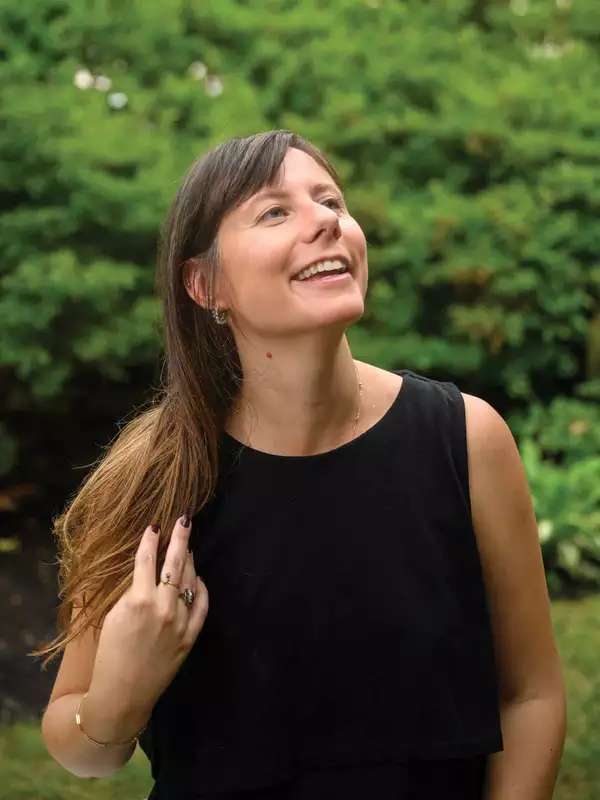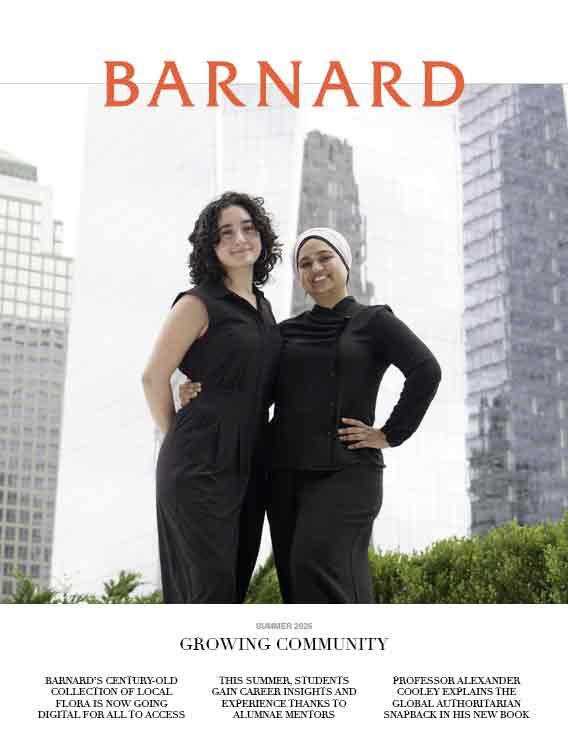

A few weeks ago, I made my way to the Arthur Ross Greenhouse for the very first time. After climbing up a narrow stairway, I arrived at the sprawling rooftop facility. It was humid and sunlit and, as one would expect, filled with many different species of plants. There was a room of cacti with curious names like “Peruvian Old Man” and “Owl Eye”; there were bright purple orchids and trees whose leaves nearly touched the glass ceiling. In short, it was magical.
I had stopped by to attend an Open House event with the New York Botanical Garden (NYBG) fellows. That afternoon, I learned a great deal about the greenhouse — the history, the scholarship, the interdisciplinary coursework that takes place there on a daily basis. But I also came away with something I didn’t quite expect: a lesson in language.
During a conversation about a NYBG fellow’s research, Hilary Callahan, the Ann Whitney Olin Professor of Biological Sciences, shared with us the relationship between diaspora and the technical term in botany, “diaspore,” which she said “refers to the smallest unit of dispersal.” She explained that if “the founding diaspore can arrive and survive somewhere,” it can also “potentially thrive and expand over time into a large population” — and in many ways, this relates to how we understand diaspora in a global context, from the migration or dispersion of populations to the dissemination of agricultural crops.
This moment stood out because it illuminated something that is so often overlooked: the connections between science and other disciplines. And for me, as a writer and editor, language is an entry point to making sense of the world, and in this case, it was the linchpin for understanding a botanical term.
So what does this have to do with the Magazine? Well, a lot, actually. The Winter issue is dedicated to the Barnard Year of Science (BYOS), and the content reflects Barnard’s ethos and approach to STEM — that it is multidisciplinary and plays a fundamental part in everyone’s life, whether you work in a lab or you’re in the arts.
In these articles, you’ll read about the Lost Women of Science podcast, which is bringing attention to the groundbreaking yet little-known contributions of female scientists. We speak with the editors of a new student-led journal, Grey Matters Columbia University (CU), about their mission to uplift neuroscience through a range of topical, accessible articles. And our editorial package, “In the Pursuit of Science,” explores how the Barnard community is turning to science to tackle today’s most pressing challenges, from climate change to representation in STEM.
In this issue, you’ll find that science stories are also narratives about the most salient issues of the moment: They’re about equality, health, innovation, economics, and more. And as I learned one November afternoon in the Arthur Ross Greenhouse, they’re also about language and, importantly, discovery. Welcome to the Barnard Year of Science.



